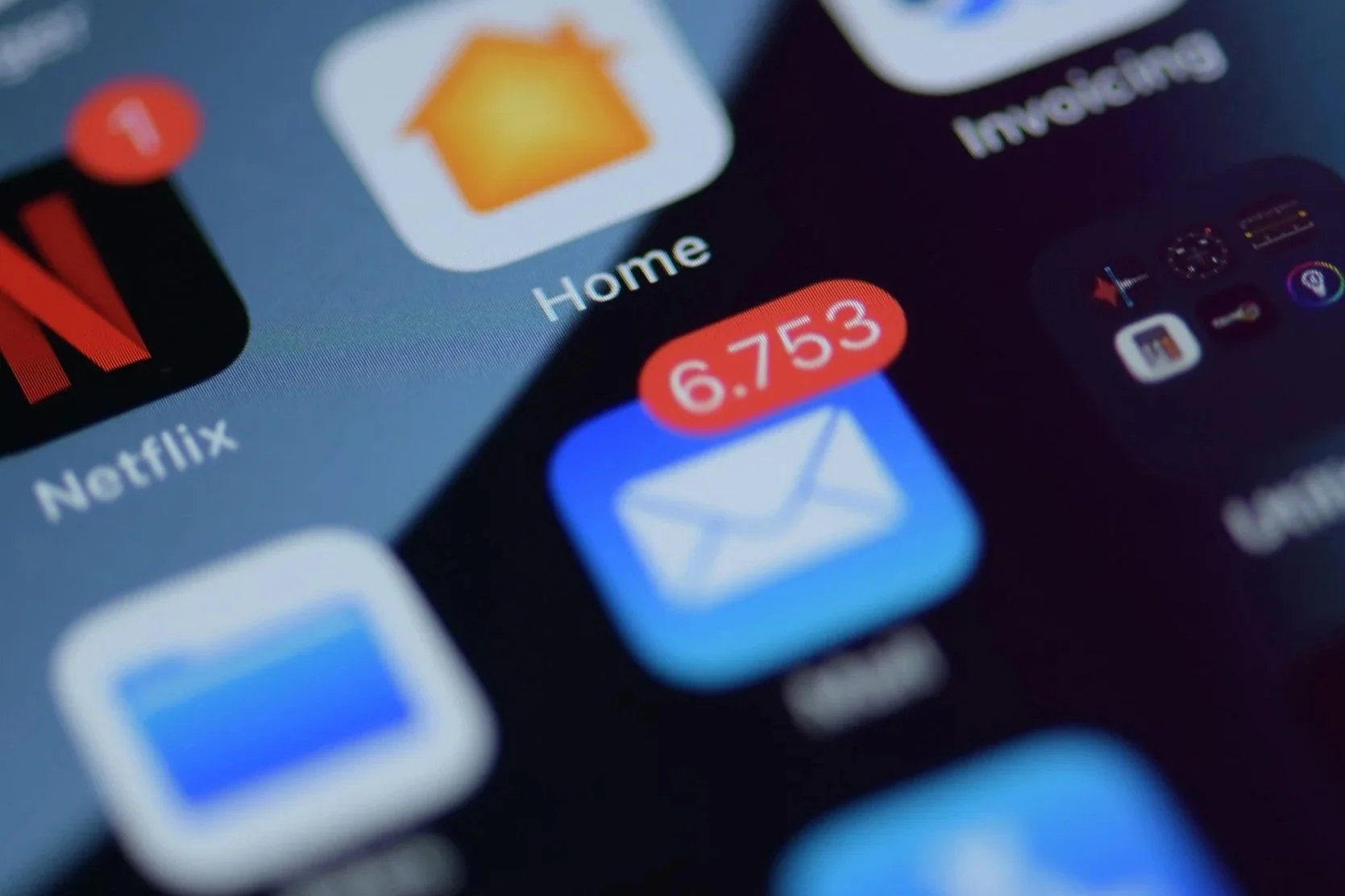The Gift of a Clean List: Beat Holiday Inbox Fatigue
October’s quiet window is your chance to tidy lists, pace your sends, and build trust before the frenzy begins.
Spooky season is upon us—right on the heels of gratitude season—and that means we’re barreling face-first toward year-end chaos.
The inbox feels it first: “Last chances.” “Urgent updates.” “Limited-time offers.” Everyone’s trying to get one more message in before the holidays hit—and this year, it’s all landing heavier than usual.
Between looming tariffs, layoffs, and budget freezes, people are tired—not just emotionally, but digitally. The inbox has become a mirror for how overwhelmed we’ve all become.
Inbox fatigue isn’t caused by spam; it’s caused by sameness—the churn of messages that sound interchangeable and arrive without rhythm. When everything is urgent, nothing is.
The good news? You can still stand out—not by shouting louder, but by communicating with care.
Start where impact is highest—prune the list, then lock in the rhythm. Remove the contacts who aren’t opening or clicking, and protect your domain reputation in the process. Then commit to a simple, predictable tempo—one meaningful send most weeks, an occasional spotlight, and a deliberate pause. Fewer, better messages travel farther than a December barrage.
Step 1: Clear the Cobwebs & Re-Earn Permission
Begin with a list scrub. Archive duplicates. Remove addresses that haven’t opened in months. Let go of the ghosts—people who haven’t clicked, replied, or read since summer.
This isn’t a punishment for disengagement—it’s a sign of respect for your active audience and for the system itself. Email remains one of the most cost-effective ways to reach people beyond social media, but ignoring disengaged contacts can hurt deliverability and train inboxes to treat your messages like background noise.
Then run a gentle sundowning protocol—a short re-engagement series before you stop sending to the silent:
Check in (“Still want to hear from us?”).
Share one genuinely useful thing (a sneak peek, discount, impact story).
Offer an easy choice (“Stay subscribed” or “Take a break”).
If there’s still silence, suppress them from future sends. You’ll protect deliverability, save money, and—surprise—some folks will re-engage simply because you gave them a respectful out.
For sales-based orgs: this keeps promos out of spam and concentrates offers on people who still want them.
For donation-based orgs: this preserves trust, so your Giving Tuesday and year-end appeals actually land where they matter.
Step 2: Reset Your Rhythm
The problem isn’t just how much you send—it’s how predictably you send it. If your emails arrive like jump scares (nothing for weeks, then five in a row), readers tune out. Pick a realistic rhythm and keep it through December.
You don’t need a complicated chart. Think steady: one main message most weeks, a smaller spotlight on an alternate week, and a deliberate pause built in. That’s it.
Sales-based: preview → offer → reminder → pause → final nudge.
Donation-based: gratitude → early appeal → match announcement → pause → year-end thank-you.
Cadence isn’t just scheduling—it’s structural communication. In government, the rhythm of release steadies public trust; in marketing, it steadies attention. Both are acts of respect. Cadence is a kindness. It tells your audience, you can count on us to show up—calmly and clearly—without shouting.
Step 3: Leave Room for Silence
Build quiet into the plan. Block no-send days, coordinate cross-team timing, and resist the “use every slot” pressure. Strategic gaps protect deliverability, reduce fatigue, and make the messages you do send land.
Step 4: Start Small, Stay Seen
Whatever the economy does next, clarity and care still deliver. Keep your list clean. Keep your tone calm. Keep your cadence steady. Whether you’re selling sweaters or funding a winter coat drive, fewer, better messages will travel farther than a December barrage.
Because the real gift of a clean list isn’t just better inbox placement—it’s trust. And that’s what survives the season.
